- 한국어
- English
- 日本語
- 中文
- العربية
- Español
- Français
- Deutsch
- Pусский
- Tiếng Việt
- Indonesian
By Honorary Reporter Suthida Chang from Thailand
Photos= Suthida Chang
Korea's largest island of Jeju Island is situated at the southern tip of the Korean Peninsula. It easily claims the title of the country's most popular domestic travel destination and draws plenty of international tourists to its natural paradise every year.
Jeju boasts breathtaking nature, beautiful resorts with panoramic views, Instagrammable cafés perfect for posting photos of on Instagram, and interesting museums. I had the chance to visit this "Hawaii of Asia" in late June last year.
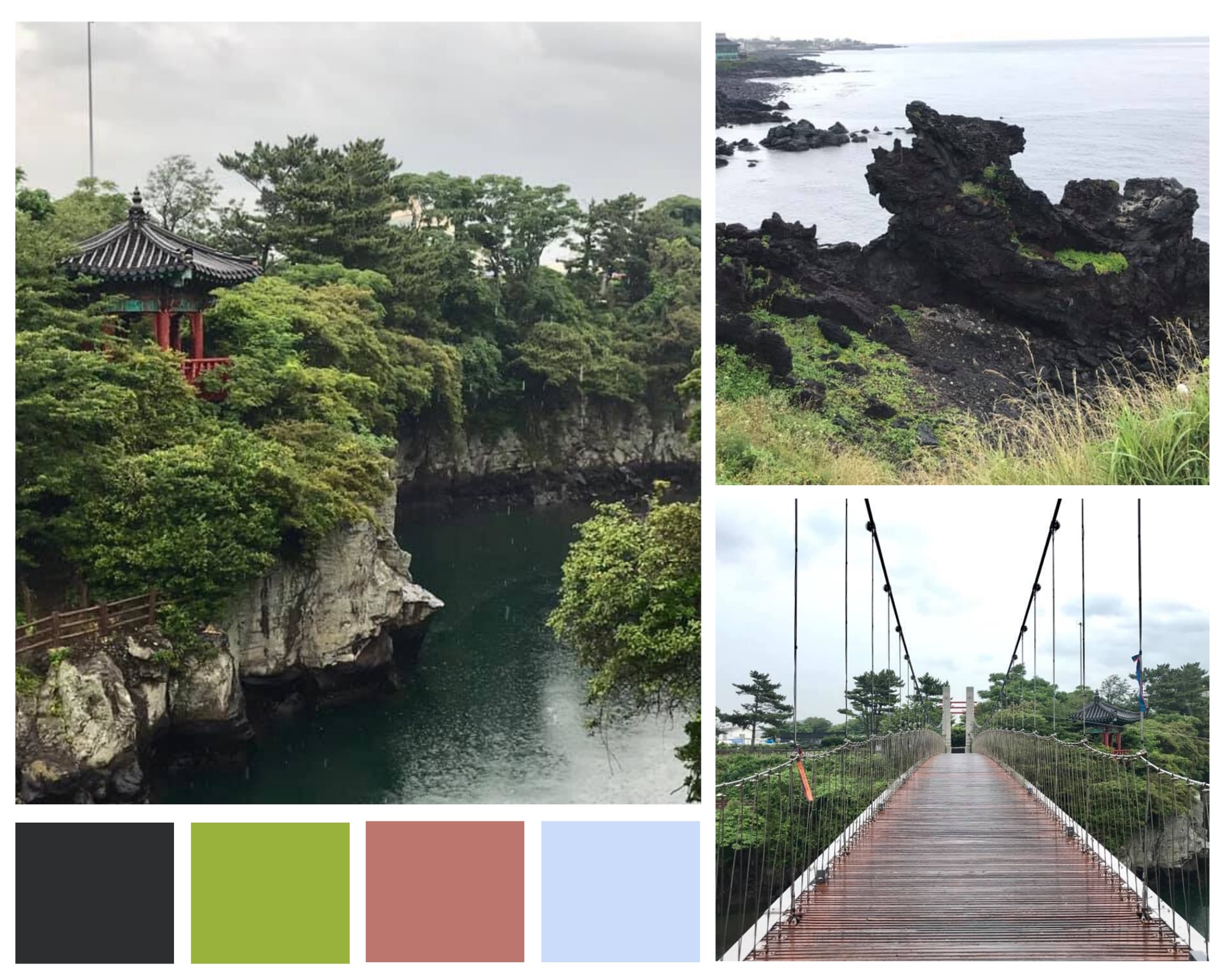
My first destination was Yongduam Rock (Dragon Head Rock). As a history buff who loves folklore and traditional myths of a place where I'm traveling, this site in northern Jeju was very interesting for me. Legend has it that a mischievous dragon stole an orb from the god on Hallasan Mountain to fulfill its dream of ascending to heaven, but was struck down by an arrow and became a rock at the spot. The rock is shaped like a roaring dragon that appears to be springing out from the ocean.
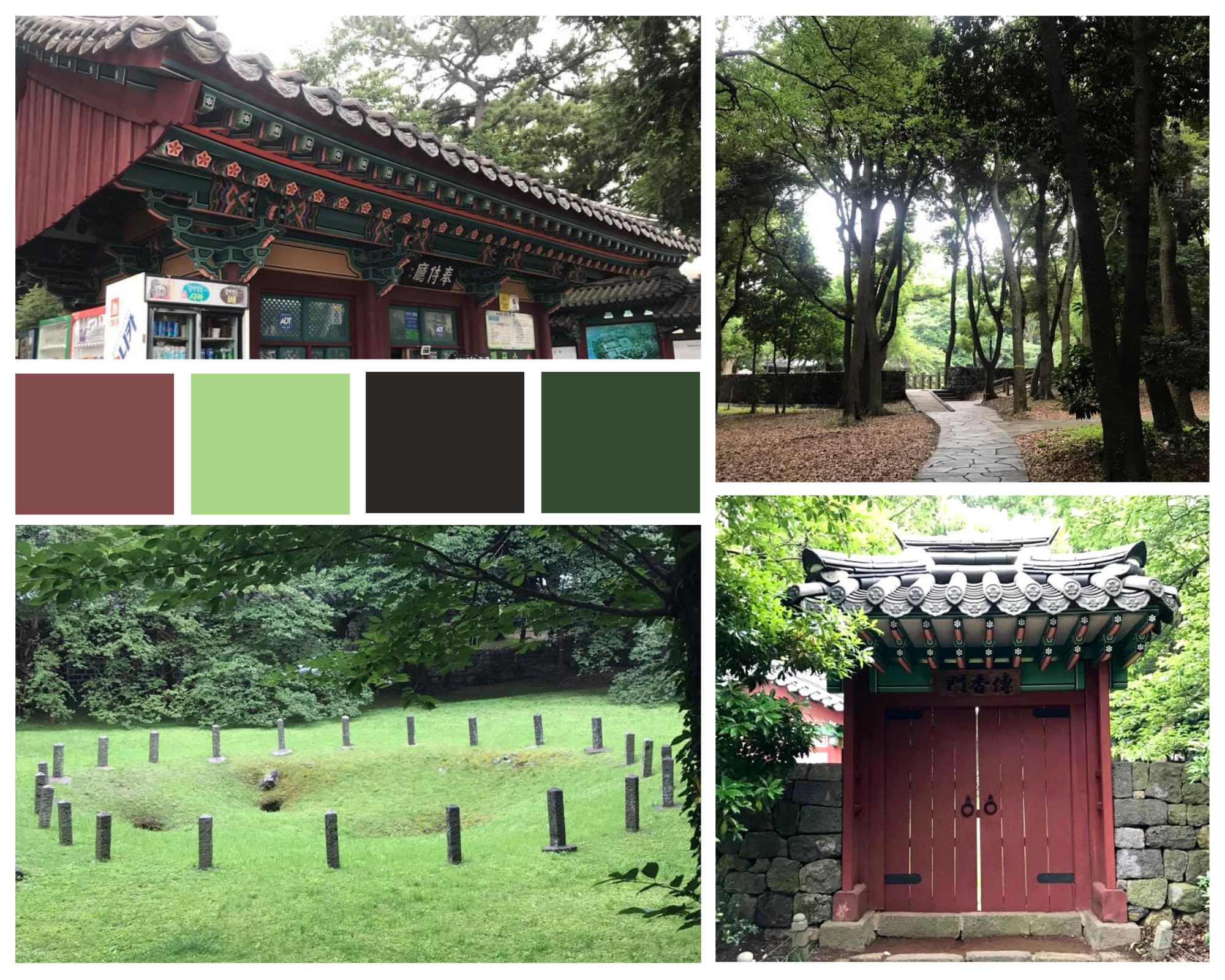
Samseonghyeol Shrine, comprising three large holes in the ground, is also related to a traditional folktale. This is known as the legendary birthplace of three demigods on the island who went on to become the founders of the country. They fell from the sky and their landing on Jeju formed the three holes.
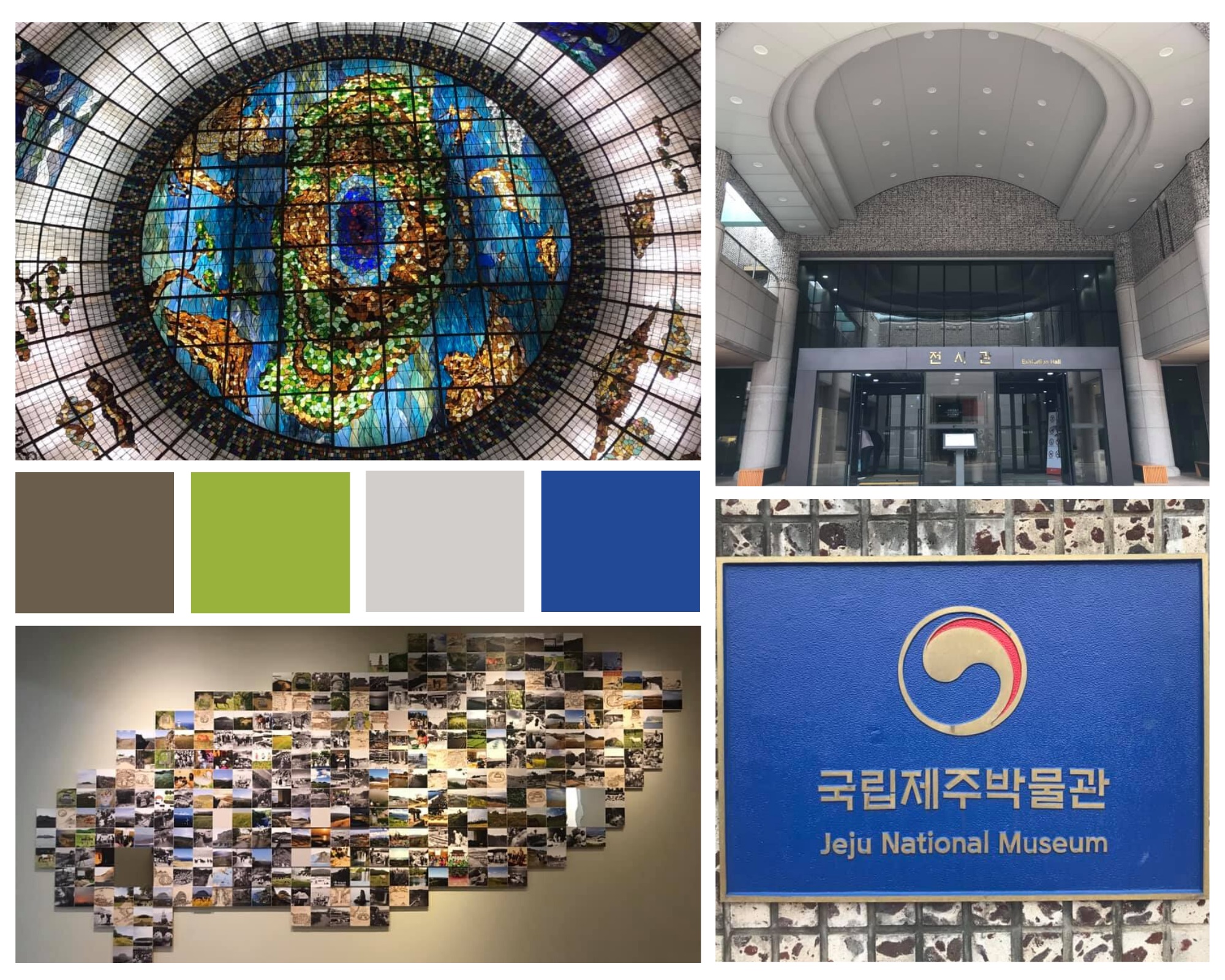
I also love to visit museums at a tourist site since I strive to learn as much as I can about the destination. This is why Jeju National Museum was my second destination. It displays, stores and studies the island's history and cultural legacy. My favorite part was its stained-glass ceiling.
Jeju Folklore and Natural History Museum is also great for learning about the island's traditions and customs. It displays traditional antiques and natural history scattered throughout several places on the island.
Jeju Glass Castle is a two-story building housing a variety of glass artifacts as well as interactive photo zones with artworks of high detail. I spent a few hours here taking photos and escaping the summer heat in the café set in the middle of a lake.
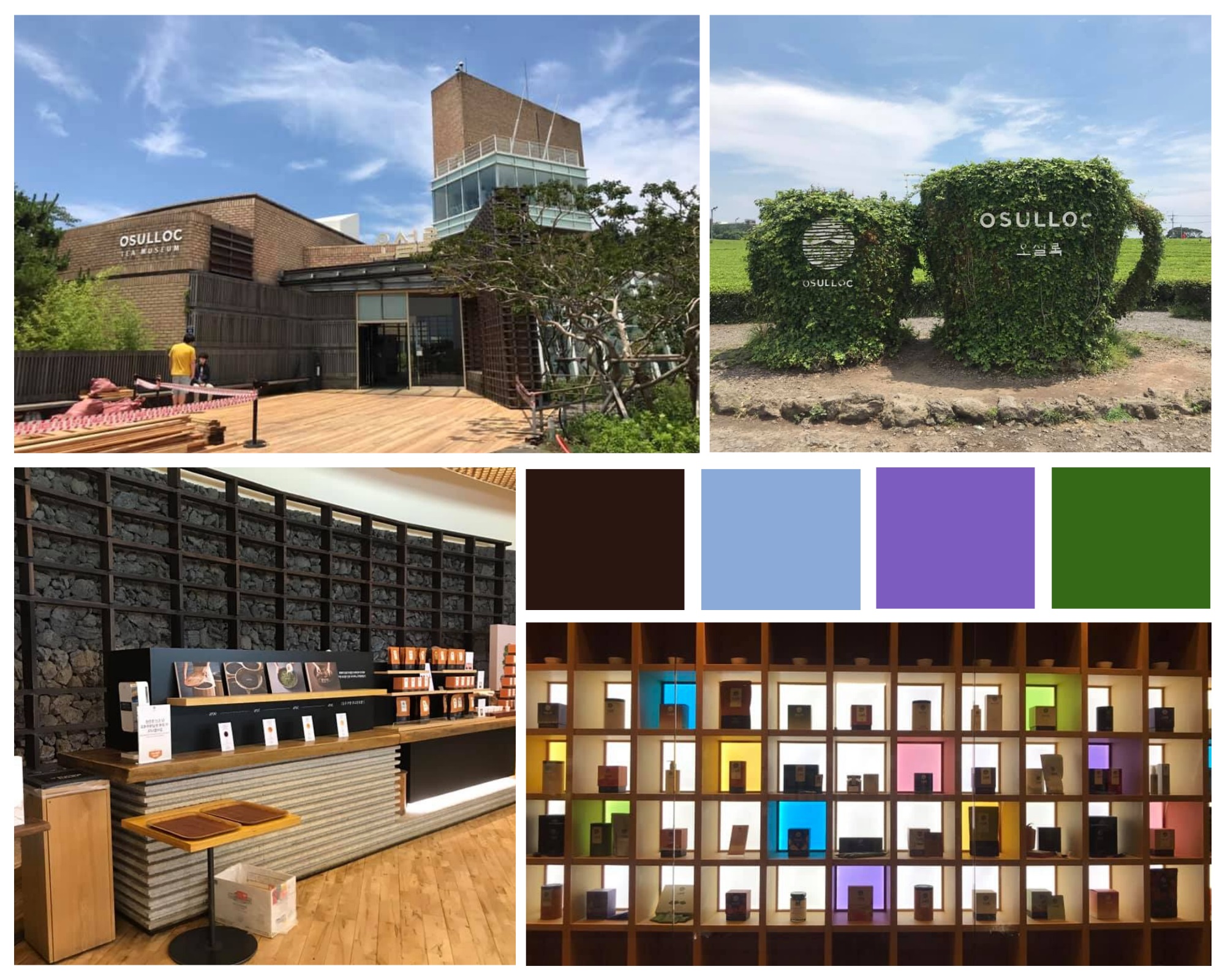
O'Sulloc Tea Museum located near the castle has numerous tourists flocking to visit the tea cup-shaped building and explore its vast tea fields. The second-floor observatory offers a bird's eye view of the surroundings and is great for taking panoramic pictures. Be sure to try their wide range of tea-inspired desserts and Jeju's hallabong (a type of Mandarin orange) tea blend.
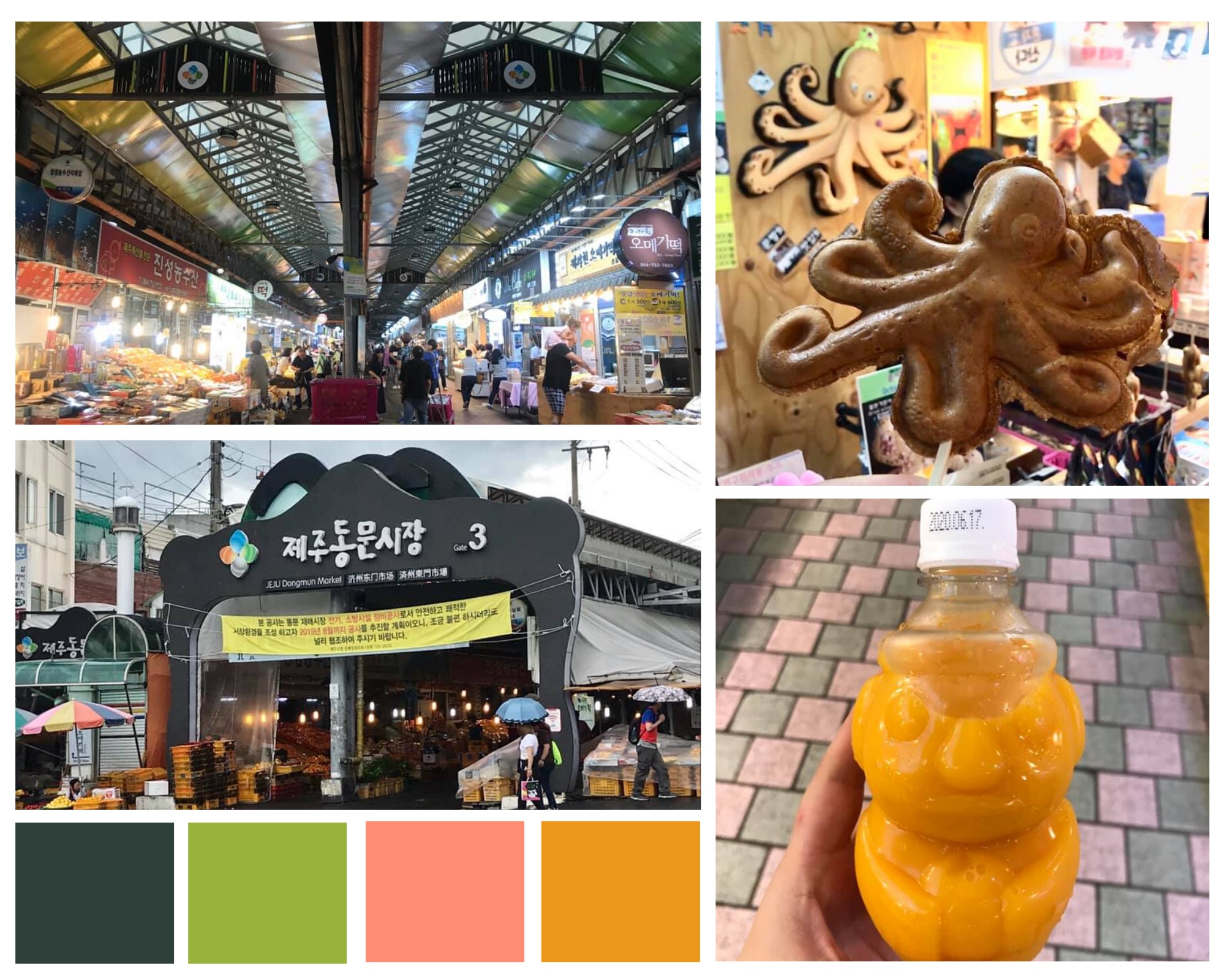
Finally, a trip to Jeju is never complete with eating its delicious food. While the island is famous for its heukdwaeji (black pig) pork, I was more interested in street food. At Jeju Dongmun Traditional Market, Jeju's largest and oldest traditional market, numerous and unique foods are available such as fresh-made octopus cake, hallabong juice and other traditional snacks. The market is also famous for fresh and exotic seafood like hairtail fish, sea squirt and abalone.
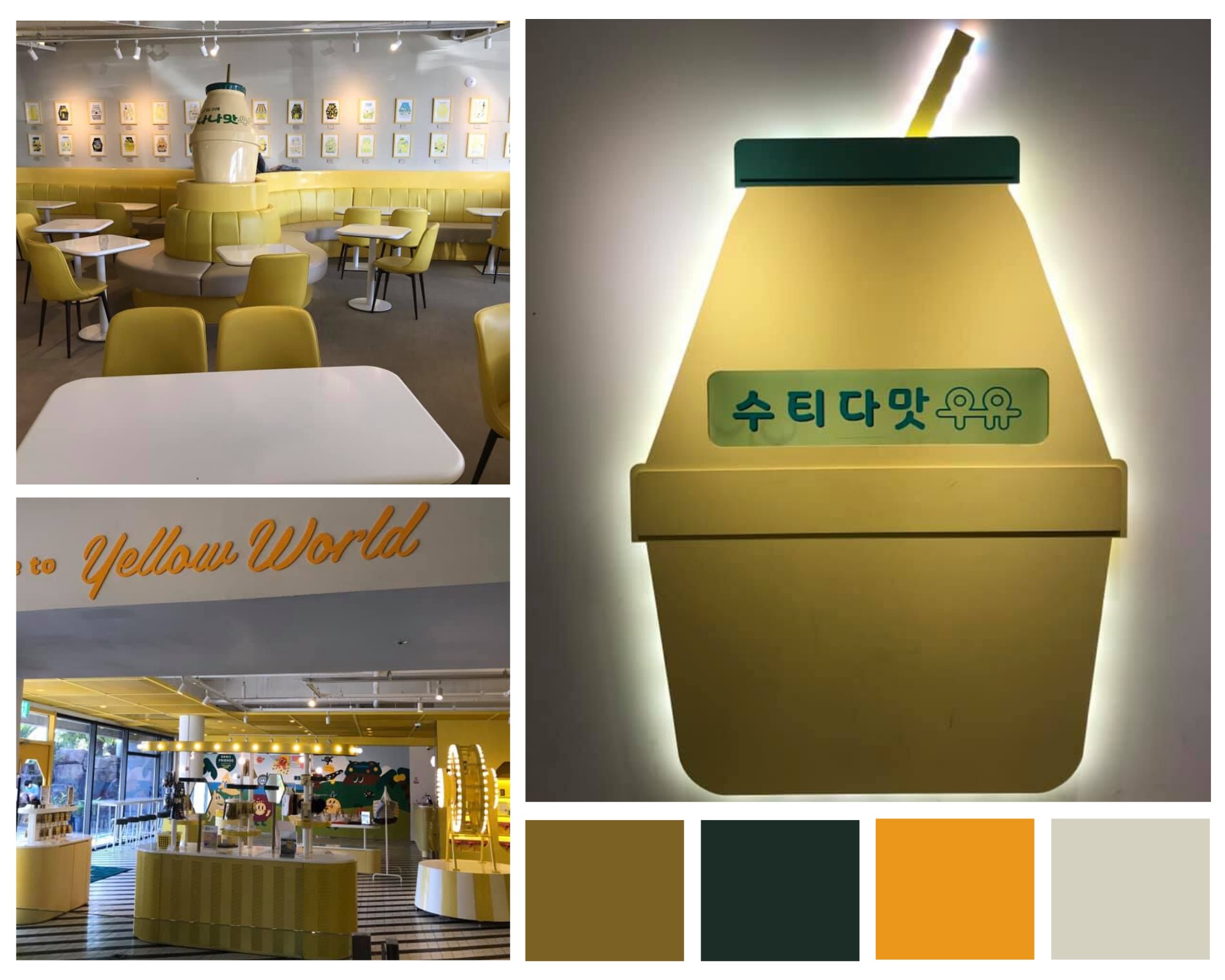
Jeju also has the world's only banana milk cafe, Yellow Cafe. Banana milk has many fans not only in Korea but all over the world. From the exterior to its interior design, the facility sports elements inspired by the unique drink. In addition to desserts and beverages made with banana milk, the cafe also has a gift shop selling smartphone cases, bags and pins inspired by banana milk. Visitors can even make their own banana milk bottles.
Though short, my weekend getaway to Jeju was an educational and eye-opening journey. I didn't get to see everything I wanted, but loved the island so much that looking at the photos on my Facebook album makes me want to go back.
chaey0726@korea.kr
*This article is written by a Korea.net Honorary Reporter. Our group of Honorary Reporters are from all around the world, and they share with Korea.net their love and passion for all things Korean.
Most popular
- Grammy-winning producer calls Suga of BTS 'amazing artist'
- 'Universal love, family' themes fuel success of 'King of Kings': director
- New York Times picks 'Parasite' as top movie of 21st century
- Advanced drug testing methods to use no animals
- Seoul's 180 int'l conferences in 2024 rank 1st in Asia, 3rd in world
